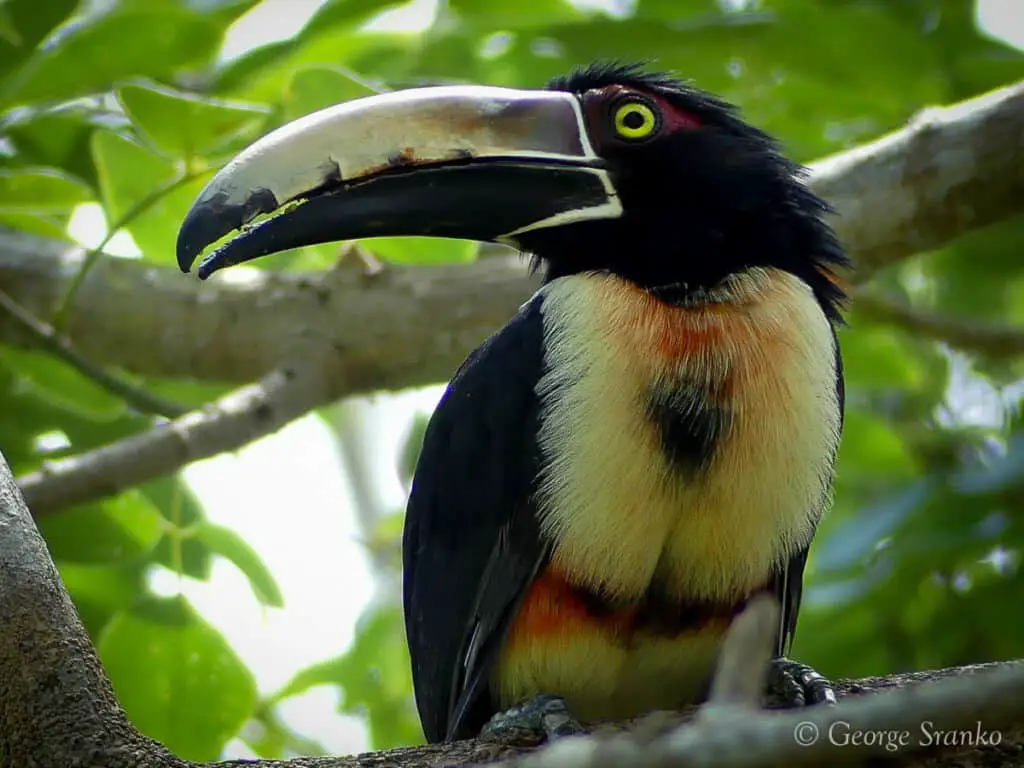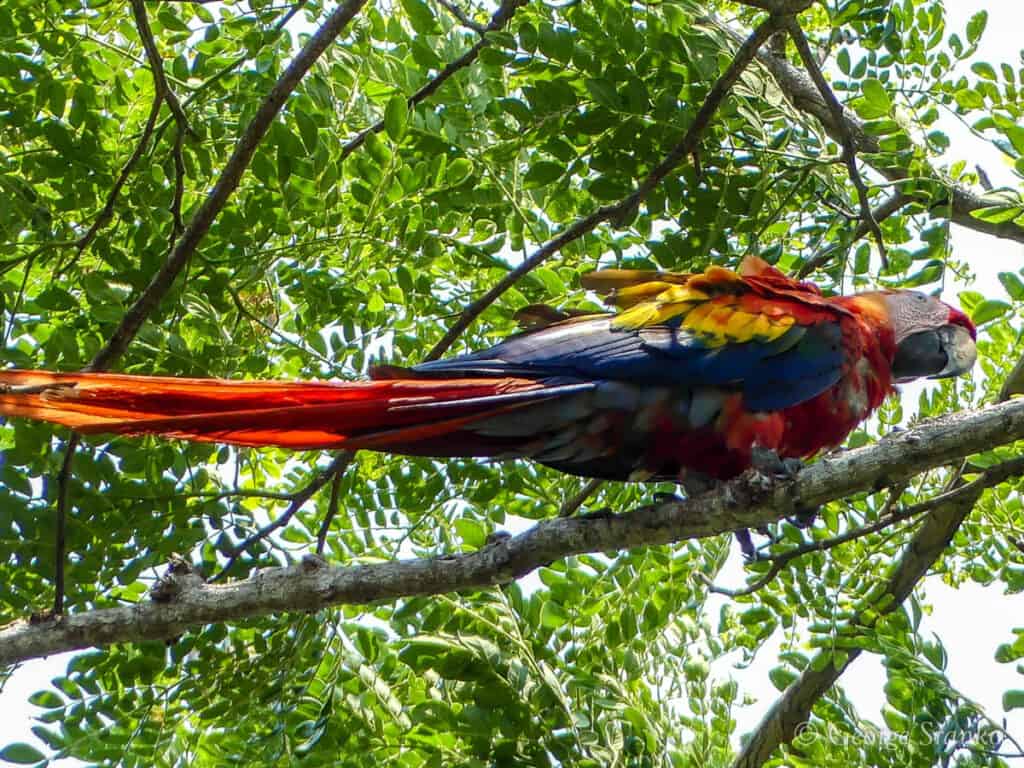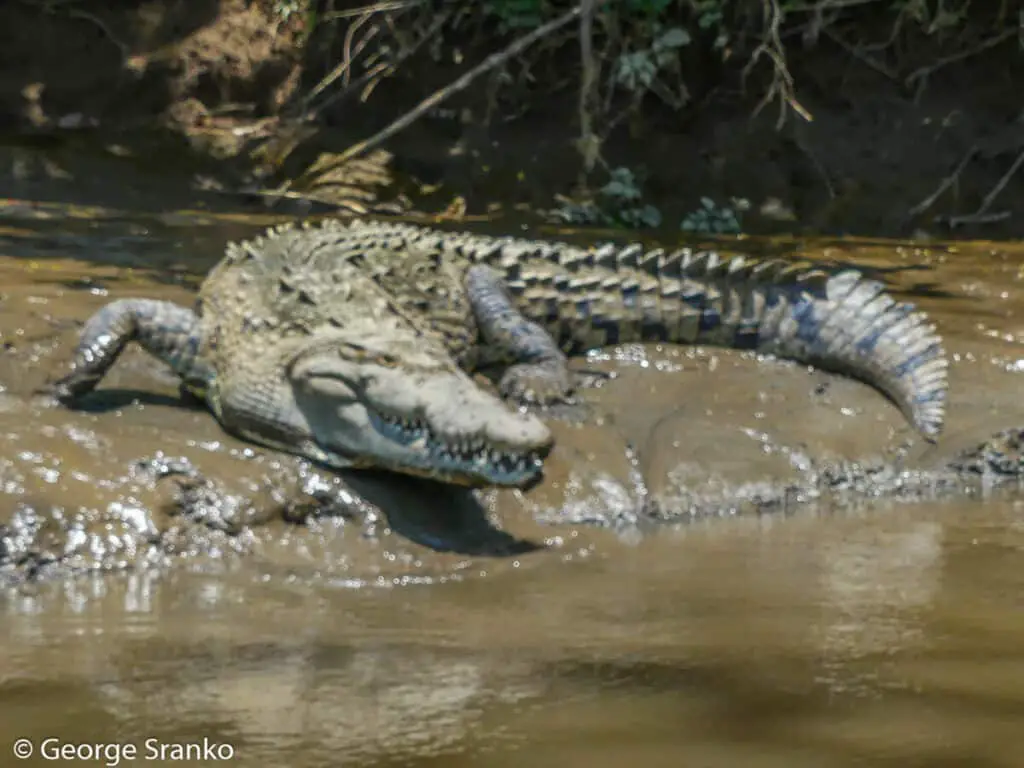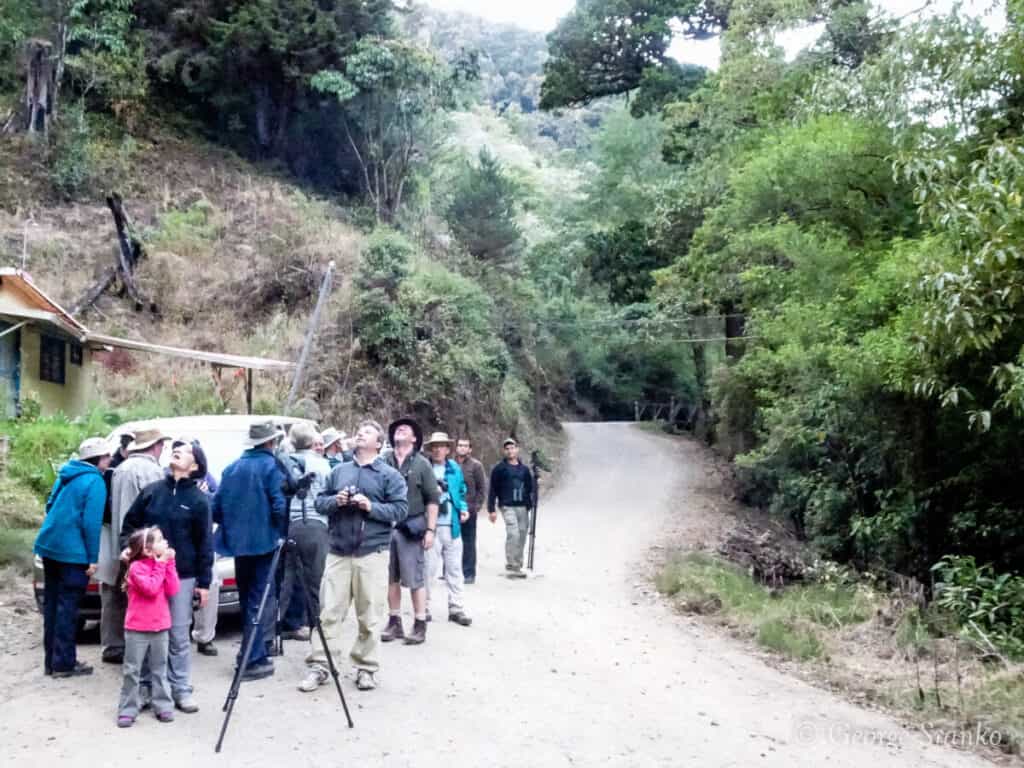Costa Rica is famous for its protected areas and wildlife watching opportunities. In this article we’ve highlighted some of our favorite spots that are easily accessible by cruise ship from Puerto Limon and Puntarenas.
Puerto Limon, Costa Rica
The Cruise terminal is located at Hernan Garron Salazar
Where can you see wildlife?
The closest place for wildlife is 47 km north or one hour from Pto Limon in Reserva Natural Pacuare. This protected area is the southern extension of Tortuguero Parque Nacional and a RAMSAR site, important as a resting area for Neotropical birds. Abundant wildlife inhabits Tortuguero, including 57 species of amphibians, 111 species of reptiles, 60 species of mammals and 300 species of birds.
Birdwatchers commonly see keel-billed toucans, slaty tailed trogons, Montezuma oropendulas and a variety of parrots. Birds common along the canals include green and great blue herons, egrets, belted kingfishers, anhingas, jacanas and sun grebes.
What wildlife can you see?
Commonly seen are three-fingered sloths, iguanas, basilisk lizards, Howler and white-faced spider monkeys. You may also have a chance to see river otters and peccaries. Tapirs are not seen very often. Caiman and manatees live in the waterways and on the beach you can might have a chance to see nesting Leatherback and Green sea turtles.
The best time to go
December to early April are the best months for clearer skies, lower rain (11 -30% chance) and less oppressive heat 76 – 85’F (under 30’C).
Morning is ideal because it is not as hot, and the park is open. We recommend taking a covered boat to gain some protection from the strong sun.
Cost: $15 US entrance to park
Can you go on your own? You can save some money by arranging a tour with a local and we found our smaller covered boat with four of us was more maneuverable. We managed to get a closer look at the wildlife and birds, and it was also quieter compared to the larger groups of 16 in the bigger boats. We wanted to go early to see birds. Some of the ship’s excursions do fruit shopping and arrive later.
Humorous story: Our local guide was a lot of fun. As we passed by the police station on the side of the canal, he pointed out the million-dollar collection of high-powered speed boats that they had seized from drug smugglers. On the other side of the canal he showed us the best place to see large iguanas, commonly called “tree chickens” for their delicious flavor. Even though the iguanas are protected throughout Costa Rica, he told us that the only place you’ll find large ones is close to a police station!
Is Puerto Limon Dangerous?
Yes and no. Mosquitos can be a problem. During the wet season, April through November, cover up and use insect repellant to protect yourself from Chagas’ Disease, leishmaniasis and occasionally malaria.
You should have no problem staying safe in the port or on an organized tour. Of course, it would be foolish to tempt people who might be desperate! Don’t wear expensive clothing or jewelry, stay in the tourist area, and don’t wander the streets at night.
Puntarenas, Costa Rica
Puntarenas is a busy commercial port, but it provides easy access to some great natural history spots in the National Parks nearby. We’ve had excellent luck spotting and photographing toucans, scarlet macaws, iguanas, monkeys, and crocodiles from this port.
Rain forest and Cloud forest
Carara National Park
You can take shore excursions that will take you to a rain forest walk through the treetops on a series of hanging bridges at a private nature reserve near Carara NP. The terrain is mainly downhill, and we did enjoy the walk through the lush tropical vegetation even if the birding was not outstanding in the middle of the day.
At other times, we’ve driven on our own and have had wonderful opportunities to watch charismatic species such as collared arikaris and black mandible toucans.

We also had good luck with a local driver who knew where to find scarlet macaws near the Tarcoles River.

Tarcoles River boat tour
Another tour that we can recommend is boating on the Tarcoles River. We saw tons of birds, including colorful mot mots with their long tails, kingfishers, herons, pelicans, and diving frigatebirds. And crocodiles, of course! The boat captain will stop and allow you to photograph some of the biggest crocodiles in the river.

We made certain to choose an operator that could guarantee that they would not feed the crocs!! This is one of the biggest problems on the Tarcoles river, irresponsible operators who continue to feed the crocodiles even though it is illegal and harmful to the animals (see my crocodile article).

Note on Crocodile bridge – Dozens of huge American crocodiles (Crocodylus acutus) gather in the mud under the famous Tarcoles bridge on Hwy 34. Walking onto the bridge to look down on the crocs has been a hair-raising adventure for decades. In our experience, the real threat was not from the crocs, of course, but from the trucks whizzing by inches away! You can even buy a t-shirt that says, “I survived the croc bridge.” Fortunately, the sidewalks have been widened to reduce your chances of becoming roadkill tossed to the crocs below!
The Monteverde Cloud Forest
This is a tempting excursion, but time is a big factor. It is nearly two hours drive each way from Puntarenas to the Biological Reserve, 4 hours in total. If you’ve never experienced a cloud forest this might be a worthwhile option. Remember that cloud forests are aptly named, you can expect to be in the clouds being drizzled upon much of the time. If you are contemplating a trip to Monteverde, we would recommend taking a ship’s excursion given the distance, just to make certain that you don’t miss sail away!
One of the big drawing cards to the Monteverde Cloud Forest is to see the resplendent quetzal. During the breeding season February to July local birdwatching guides keep track of the nesting trees and visitors are practically guaranteed sightings. If you are not there during the breeding season you have a much lower chance of seeing a quetzal.

FYI: On one multi-day road trip in Costa Rica we had success in spotting a nesting pair of quetzals at another hotspot, San Gerardo de Dota near Quetzales national park. San Gerardo is considered by many as the best place to spot quetzals in uncrowded and beautiful surroundings.
Check out our other articles on some of the great cruise ports in the world for nature-lovers and wildlife enthusiasts!
Best Wildlife Watching in Alaska by Cruise Ship
Best Cruise Ports for Nature-lovers in Africa and Madagascar
Best Cruise Ports for Nature-lovers in Australia and New Zealand
We’ve used four criteria in selecting our top picks for these articles:
- We’ve visited each of these ports and have given our top picks based on personal experience.
- We’ve highlighted ports that are accessible via mainstream cruise lines lines, rather than specialty expedition cruise ships.
- We’ve chosen ports with nature and wildlife opportunities that are close enough to easily visit in a day, since port visits are usually about 5 to 10 hours. This means that the return access times by car, bus, or taxi must allow time for a meaningful experience. Personally, we are more interested in seeing wildlife and exploring nature than we are in eating lunch for two hours. Although it is nice if lunch is included.
- The nature and wildlife opportunities and the scenery at these ports are all outstanding and worthy of providing lifelong memories. We’ve chosen ports that we would enjoy going back to at any time because of the great memories and photos we’ve acquired during past visits.


